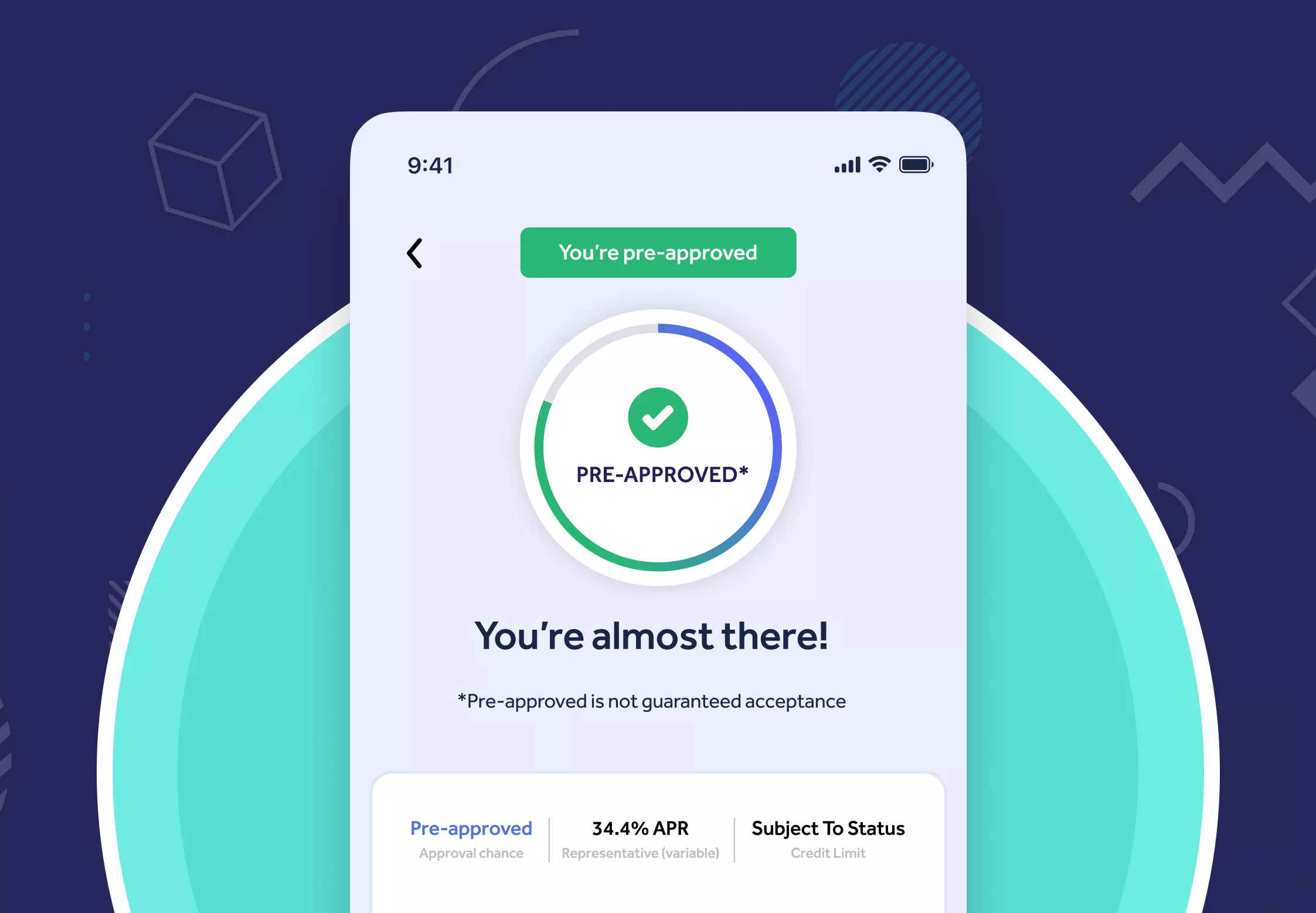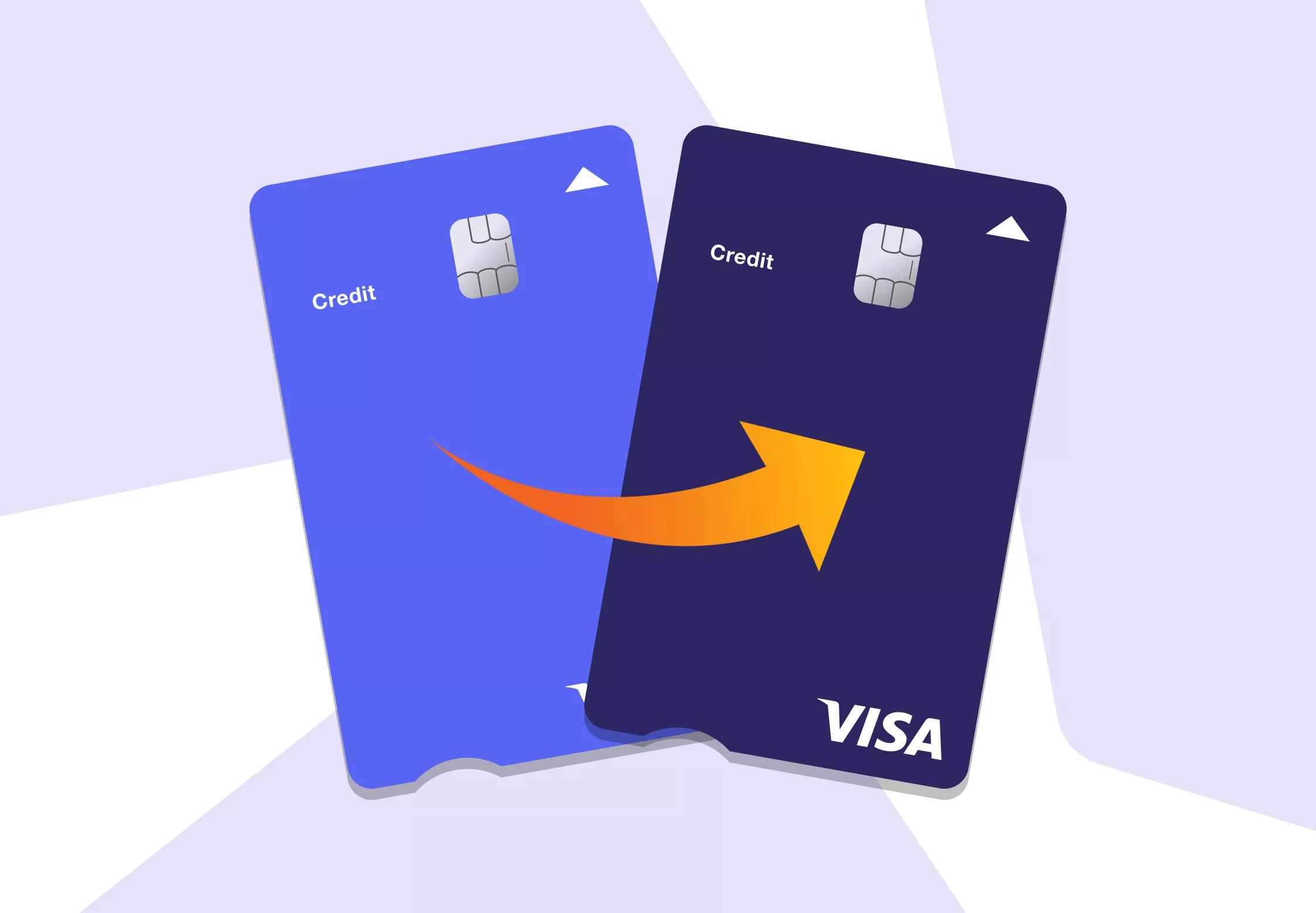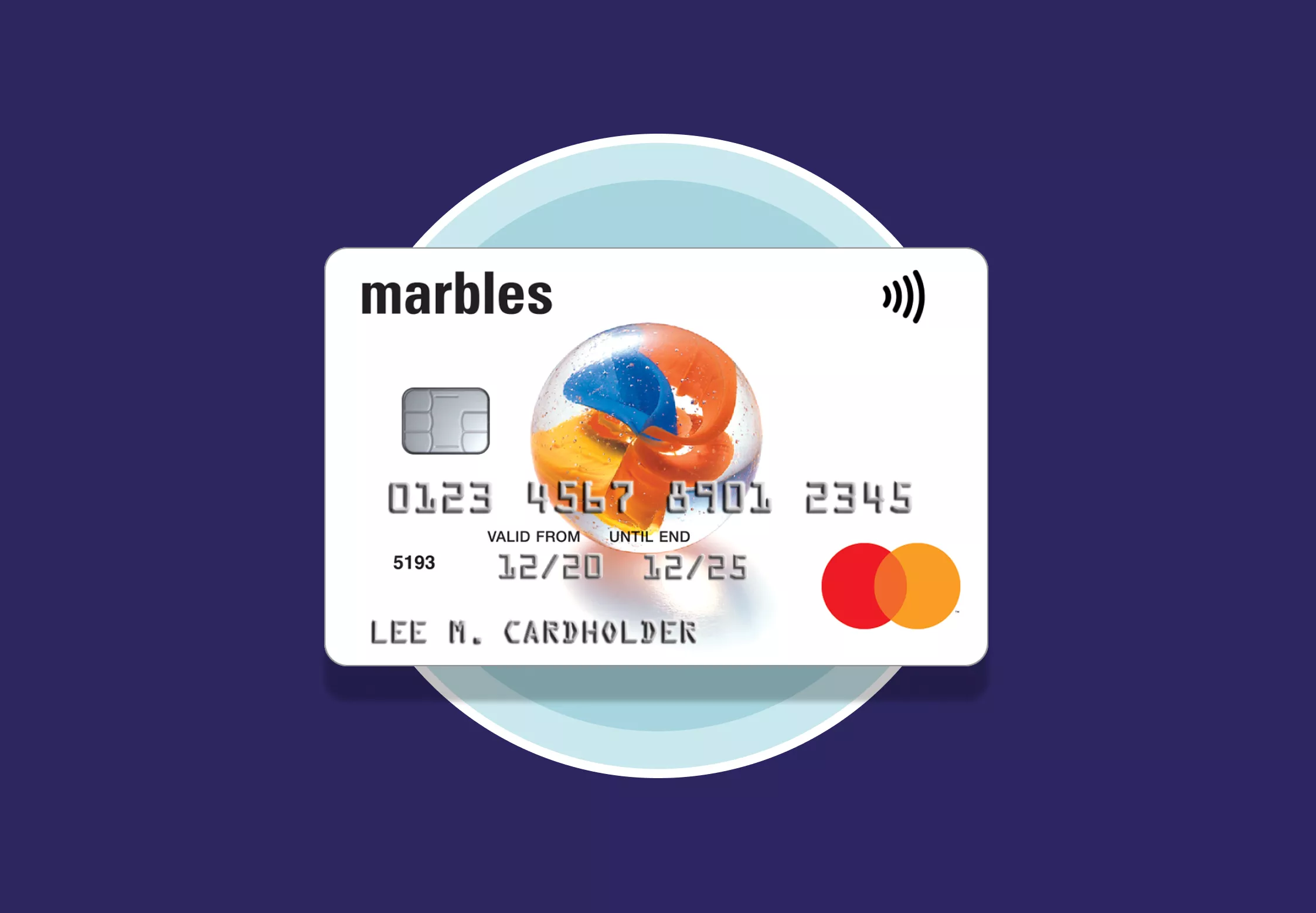Experian’s New 0–1250 Credit Score Explained
Editor, Consumer Finance: Michelle Blackmore
Last Updated: December 8, 2025
In This Article
Experian has launched a new credit scoring range in the UK and is designed to give a clearer and more accurate view of your borrowing potential. This change reflects how lenders now assess affordability and repayment behaviour, offering a more detailed picture of your credit standing.

Key points about the new credit score change by Experian
- Experian has introduced a new UK credit score range from 0 to 1250 to give a clearer picture of borrowing potential.
- Your new number may look different, but your underlying credit data and creditworthiness haven’t changed.
- Lenders don’t use your score directly; they assess your full credit report, income, and affordability.
- The same good habits still apply: pay on time, keep balances low, and check your credit report regularly.
- If your score is low, gradual improvement and consistent behaviour can help strengthen your credit profile over time.
Why has Experian introduced a new credit score?
The way banks and lenders assess credit applications has evolved over time. Experian’s new 0–1250 credit score reflects these changes, giving a more accurate view of how you currently manage money and how lenders now interpret your credit information.
The update is designed to make scores easier to understand and to show more clearly how everyday financial behaviour affects your borrowing potential. It’s being described as not a change to your underlying credit report, just a clearer, more detailed way of presenting it.
How the new Experian score bands work
Experian now uses five score bands to show where you stand. The higher your score, the stronger your overall position is likely to be, but remember, lenders each have their own approval criteria.
The new credit score bands for Experian have now been updated from 0–999 to 0–1250. The new system offers more detail and a clearer breakdown of where you stand.
Here’s how the old and new bands compare and what each band really means for you:
| Old Score Bands (0–999) |
New Score Bands (0–1250) |
What This Means |
|---|---|---|
| ‘Excellent’ 961 – 999 |
‘Excellent’ 1121 – 1250 |
You should be eligible for the best credit cards, loans and mortgages, but approval isn’t guaranteed. |
| ‘Good’ 881 – 960 |
‘Very Good’ 1001 – 1120 |
You should get most credit cards, loans and mortgages but you might not get the very best deals. |
| ‘Fair’ 721 – 880 |
‘Good’ 861 – 1000 |
You should see a wide range of credit cards, loans and mortgages but you might be offered a higher interest rate. |
| ‘Poor’ 561 – 720 |
‘Fair’ 641 – 860 |
You might get limited credit options, higher interest rates, and lower borrowing limits but you can improve your score over time to see better options. |
| ‘Very Poor’ 0 – 560 |
‘Low’ 0 – 640 |
It might be more difficult to be approved and interest rates could be high but you can improve your score over time and your options should improve as you get closer to a Fair score. |
The change means that your score number may look lower or higher than before, but your credit position hasn’t changed. The new scale simply spreads the same information across a wider range for a more precise view of borrowing behaviour.
Key questions answered: How this new credit score update affects you
Will my credit score change?
Yes, your number will look different because it’s being shown on a new scale. That doesn’t mean your creditworthiness has worsened; your underlying data and how lenders view you remain the same. The change is about clarity, not performance.
Does this affect my current credit applications?
No. Any active credit or mortgage applications won’t be affected by the new score. Lenders use your full credit report, not just your numerical score, to make decisions.
How can I improve my score on the new scale?
The same positive financial habits still apply. Paying bills on time, keeping credit utilisation low, and limiting hard credit checks are the most effective ways to strengthen your score.
For deeper guidance, read Mintify’s
9 habits to improve credit score eligibility a step-by-step guide to building long-term financial stability.
When will I see my new score?
Experian began rolling out the 0–1250 score in late 2025. Most users will see it automatically by the end of the year you don’t need to take any action to update it.
Your credit score is only part of the picture
Lenders use more than just your credit report when assessing applications. They also consider affordability, particularly your income, outgoings, and the amount you’re asking to borrow. Even with a high score, an application may be declined if the loan or credit amount doesn’t fit within a lender’s affordability rules.
For example, even with a good score, you might be turned down for a large mortgage if your income or existing commitments mean the repayments would be unaffordable under a lender’s rules.
Other factors such as any previous relationship with the lender, as well as broader market conditions, can also affect the outcome. Sometimes a decline isn’t about your score; it’s simply due to the lender’s internal policies or risk appetite at that time.
What if I have a low or poor score?
If your score sits in the lower bands, focus on gradual improvement rather than quick fixes. Lenders will see improvement over time as you demonstrate consistency and reliability.
If you are trying to rebuild your credit score, you might want to consider credit builder cards. Our guide on best credit builder cards to build credit explains how they work and the types of products available, subject to lender approval.
You can also read our full guide on what is a good credit score in the UK to better understand how lenders view different score bands and how to position yourself for improvement.
Mintip: If you’re finding it difficult to manage existing credit or debt, free and impartial help is available from organisations such as StepChange and MoneyHelper. Seeking advice early can help you avoid further financial pressure and stay on track with repayments.
Conclusion: Understanding the new Experian credit score
The move to Experian’s 0–1250 credit score range gives a clearer and more detailed view of how lenders may assess borrowing behaviour. While your score might look different, your underlying credit information and financial standing remain the same.
Focus on what you can control:
- paying bills on time
- keeping balances manageable
- checking your report for accuracy
These are the habits still matter most under the new scale.
You can view transparent comparisons across credit cards and personal loans, helping you understand your options clearly and responsibly. Approval is never guaranteed, but we aim to make credit decisions easier to understand.

Find the right Credit Card for you
Does not impact your credit score
Find out which credit cards you’re eligible for
34.4% Representative APR (variable)
Mintify Limited, trading as Mintify, is an Introducer Appointed Representative of Creditec Limited who acts as a credit broker, not a lender.
Related Articles
Check your credit card eligibility in the UK
Balance transfer cards for credit builders
How much can you balance transfer?
What is a balance transfer fee?
How to do a balance transfer on a credit card
Marbles credit card review – is it a good option to consider?
The content presented here has been impartially gathered by the Mintify team and is offered on a non-advised basis for informational purposes only. We adhere to strict editorial integrity





